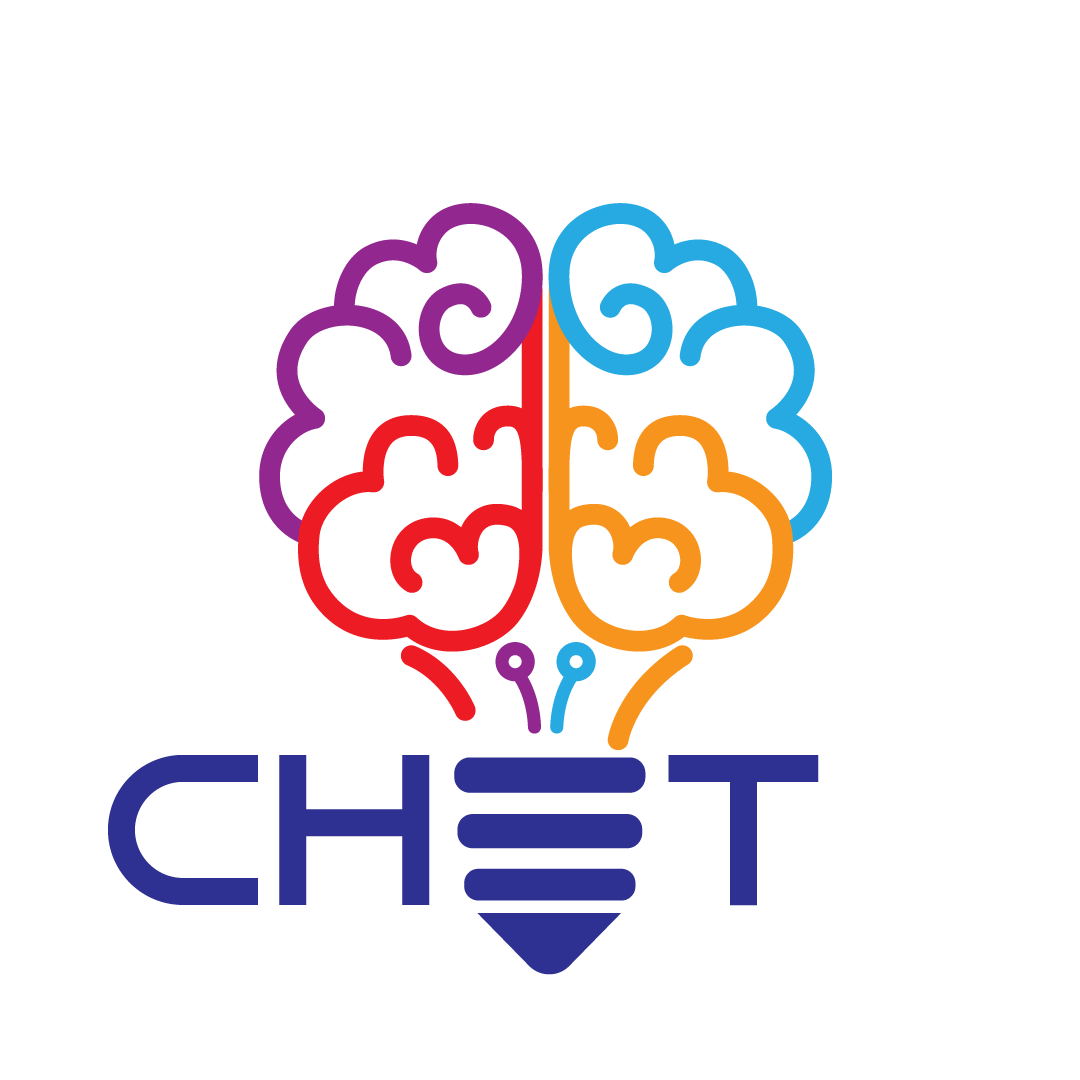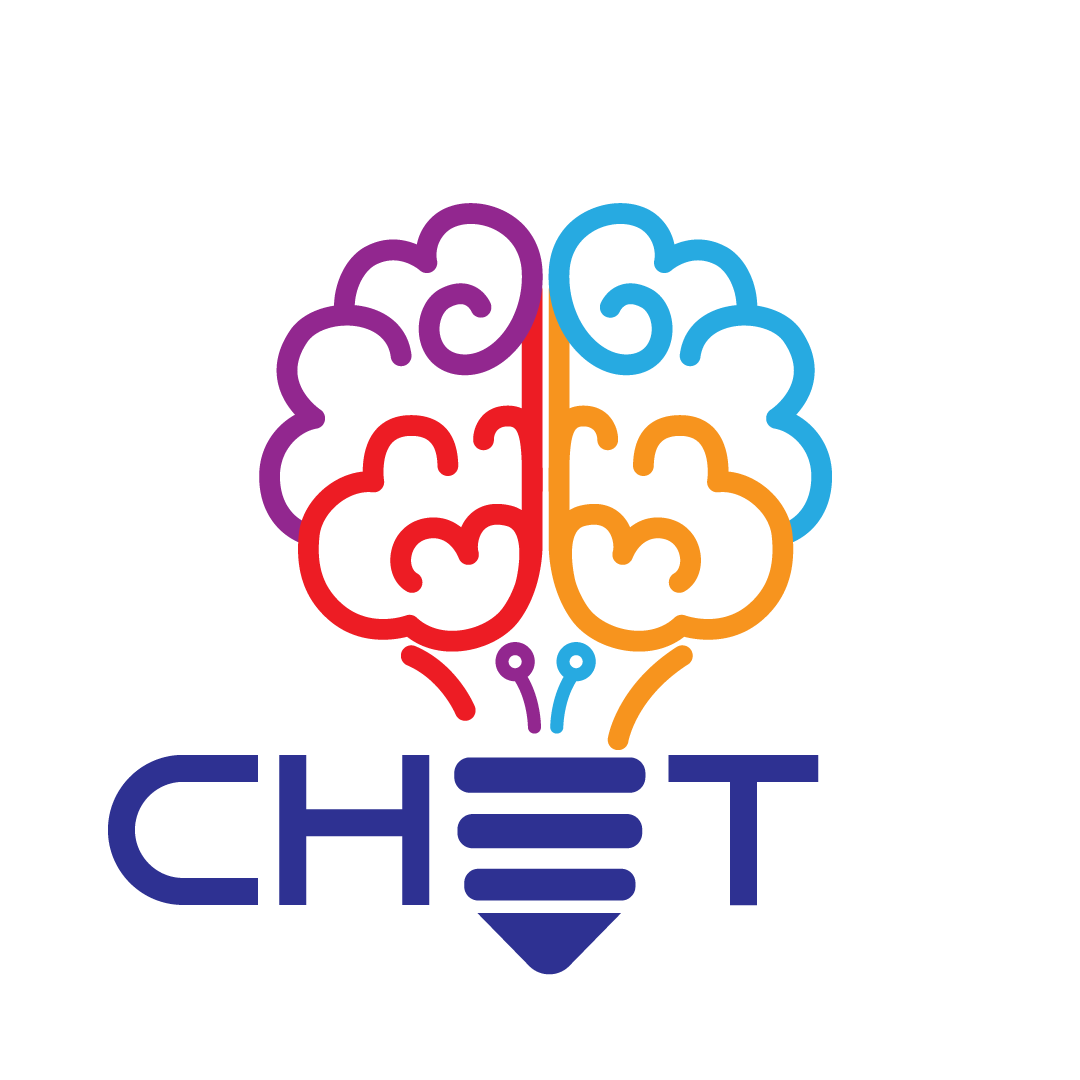
Creativity In Teaching
- /
Storytelling
Storytelling is all about telling stories aimed to engage an audience, so we can also refer to it as narrative engagement techniques.
Description
What is this technique about
Storytelling is all about engaging an audience by applying narrative techniques, it involves bidirectional communication between a storyteller and the listeners aiming to reach them emotionally. It could also be defined as the process of using facts, narratives, and emotions to communicate stories with a certain purpose, which could be, for example, to inspire someone, to create a brand image, to share knowledge, etc.
In order to properly apply stories, bear in mind the importance of its structure to deliver information. Cynthia Kurzt (2014) proposes the following structure:
Context: introduction to the settings of the story.
1. Turning point: the dilemma or problem which is needed to be solved.
2. Action: how the characters are responding to the problem.
3. Reversal: complications, further difficulties, challenges, etc.
4. Resolution: the outcome of the story and reactions to it.
The “interest factor” is also key to attract people's attention and engage an audience.
Where does it come from
Stories have always been a communication and teaching tool used since the beginning of time. Stories are worldwide used daily to share information but also to support traditions and provide answers to the biggest challenges in life. However, we are not able to define its origins. Did storytelling first appear in cave painting? Did it appear in the form of myths and legends?For which purposes it is used (why in your engineering teaching)
While it is true that in recent years the application of narrative tools has been more linked to studies related to the humanities and social sciences, its potential in the classroom is equally useful in the case of technical studies, such as engineering.
Good stories always captivate the audience and that it’s why storytelling, thus narrative techniques, is a powerful tool to deliver information and it is key in order to provide and share knowledge, becoming a useful asset for your engineering teaching sessions. Prepare a suitable script for your session, focus on your teaching aims and adapt your training to your student's needs. In addition, the lack of creativity of engineering students is sometimes criticized, so learning the functioning of ideation techniques, as is the case with storytelling, can be useful in the development of new ideas and technologies. In the current context, creative skills are increasingly in demand in the workplace, there is a need for them to be exposed to learning means that can unleash their creative potentials.
Regina Freyman, professor and storyteller expert, suggests using Blogumentaries in order to apply storytelling in engineering and science teaching. This tool works as an online blog that combines video, reading, podcast, additional resources and statistics, so the blog becomes a documentary and the training materials become part of a bigger story.
General overview of how to implement it
Even before creating the story you aimed to deliver, please, reflect about the following topics:
- Define your target audience (analyze your students and their learning needs)
- Establish your training goals and the main objectives of your story
- Plan its scope and structure
- The human voice itself is the best vehicle for transmitting stories, so you should pay attention to its use and your body language, modulated to adapt them to the needs of your story and your audience.
Materials/equipment needed
When thinking about how to develop your storytelling approaches, you may find useful:
- Paper, timesheet, portfolios, post-its, etc.
- Pencils and pens in different colors
- Digital tools (PowerPoints, Prezis, animated videos, etc.) to provide information.
- Others
Resources
References
Narrative Thinking and Storytelling for Problem Solving in Science Education, J.T Riley and L. dall'Acqua. IGI Global, 2019. ISBN-13, 9781522599593
Storytelling Techniques for Training, David Lee. Association for Talent Development, 2012. ISBN-13, 978-1562868352
Working with stories in your community or organization, participatory narrative inquiry. C.F. Kurtz. Kurtz-Fernhout Publishing, 2014. Third Edition. ISBN 0991369408, 9780991369409
https://www.workingwithstories.org/WorkingWithStoriesThirdEdition_Web.pdf
Papers:
The art of storytelling: a collegiate connection to professional development schools
The Use of Traditional Storytelling in Education to the Learning of Literacy Skills
Potential applications of Digital Storytelling in Education
(PDF) Unleashing Engineering Students' Creativity with Digital Storytelling: Stories of A Duo Get Told

.jpg)
